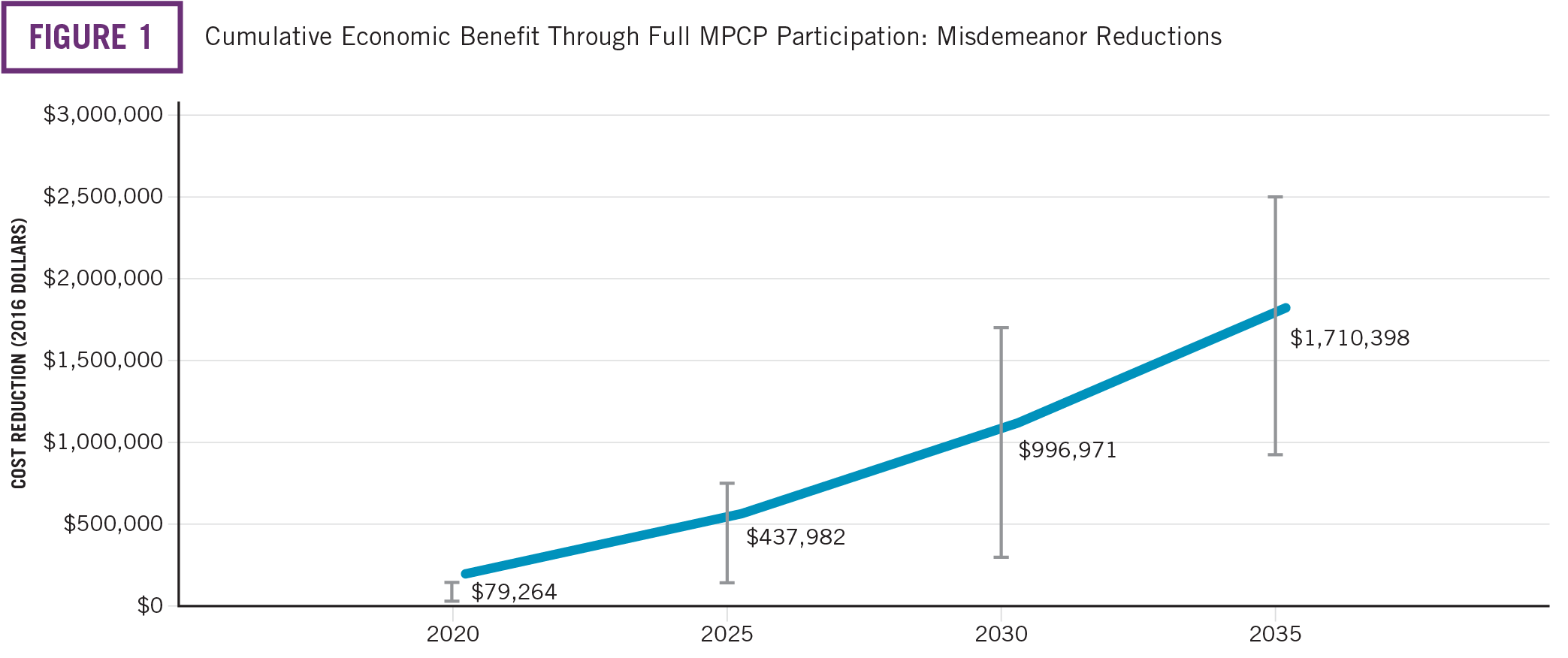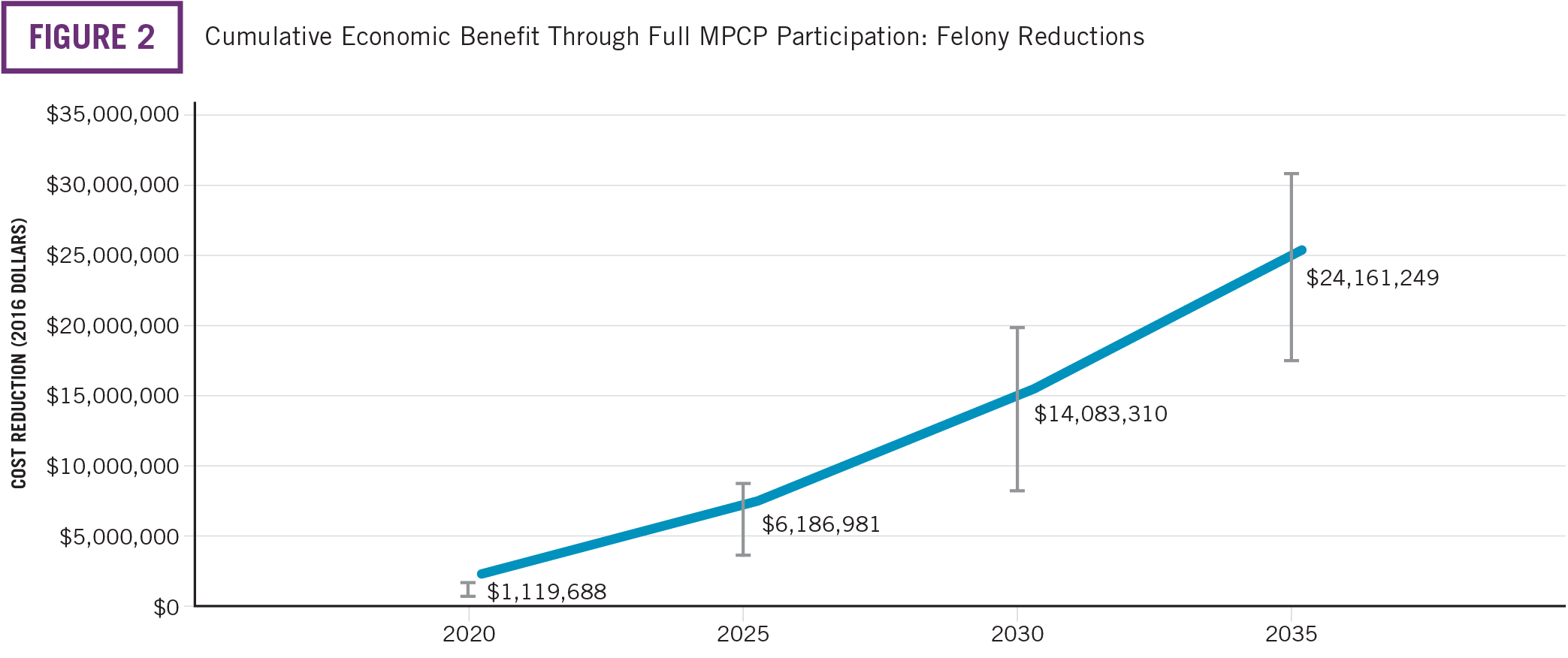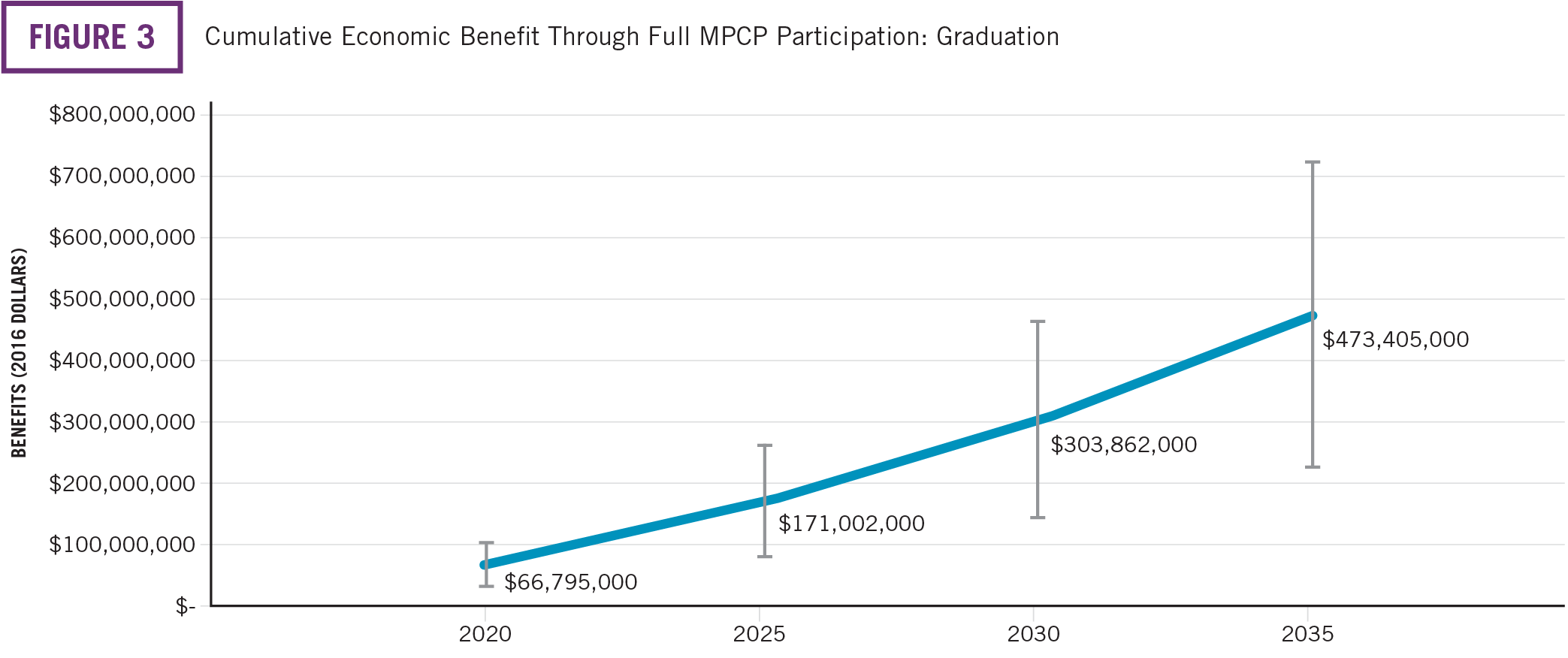Milwaukee school vouchers to drive more than $499 million in socioeconomic benefits
School choice advocates and researchers know choice programs lead to better academic achievement. But far less is known about the downstream financial benefits of the nation’s first modern school voucher program: the Milwaukee Parental Choice Program (MPCP).
Earlier this month, in concert with the Wisconsin Institute for Law & Liberty, we released a study that attempts to quantify the benefits of the MPCP for the first time.
Some of the MPCP’s benefits tie directly to educational achievement, such as the better employment opportunities available to those who graduate from high school—which students in choice programs have been found to do at a higher rate—but some benefits are less obvious to the naked eye, such as the potential economic benefits that come when school choice reduces students’ likelihood to become involved in criminal behavior.
Our analysis indicates that private schools may be able to drive large positive social benefits, beyond test scores, that are all too often attributed solely to public schools.
Since MPCP’s beginning in 1990, it has come to serve more than 27,000 low-income students in the city of Milwaukee. Our analysis predicts the economic effects of the program through reduced criminal activity and increased graduation over a 20-year period.
Although this study relied on conservative assumptions, we found Milwaukee’s school voucher program will save around $26 million in social costs from reduced misdemeanors and felonies between 2016 and 2035. We also estimated a $473 million increase in social benefits associated with higher graduation rates over the same time period.
Our results relied on the percentage point estimates from two Milwaukee-specific studies which stemmed from state-mandated evaluations of the voucher program.
In a 2016 study, DeAngelis and Wolf found that students that persisted in MPCP for at least four years were 3 percentage points less likely to commit a felony and 5 percentage points less likely to commit a misdemeanor. In a 2013 study, Cowen et al. found students enrolled in the MPCP were about 4 percent more likely to graduate from high school relative to their matched public school counterparts. Notably, both of these studies used the same sophisticated matching procedure, which may be able to replicate experimental results.
We combined this with existing literature on the economic benefit of high school graduation and the economic benefit of avoiding criminality to estimate the social benefits of high school graduates and social costs of misdemeanors and felonies. The figures below show the economic effect with respect to each behavior: not committing crimes and graduating high school.
We estimate that over the next 20 years, Milwaukee will encounter 960 fewer misdemeanants, 694 fewer felons and 2,594 more high school graduates. That will result in estimated social benefits of $1.7 million from misdemeanor reduction, $24 million from felony reduction and $473 million from enhanced graduation rates.



Our analysis indicates that private schools may be able to drive large positive social benefits, beyond test scores, that are all too often attributed solely to public schools. Though this study is Milwaukee-specific, we might expect that similar private school choice programs within the United States would have comparable benefits for society overall.
If policymakers and the public truly wish to improve the society in which we live, the data suggest they should promote expanded access to educational choice.
For more on this report’s methodology and findings, visit The Economic Benefit of School Choice in Milwaukee.
*Opinions expressed by our guest bloggers are their own and do not necessarily reflect those of EdChoice.





